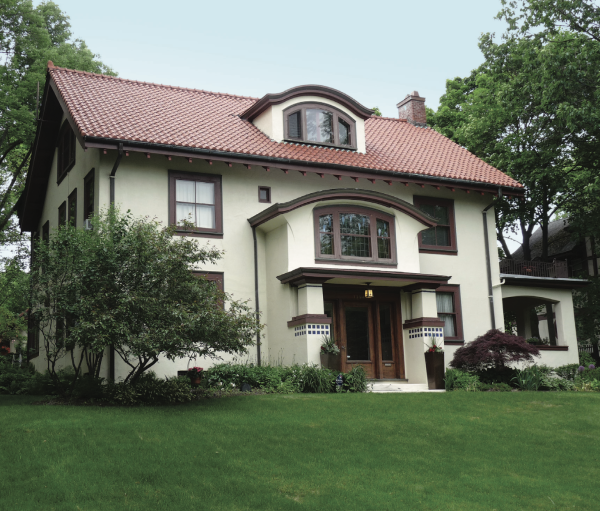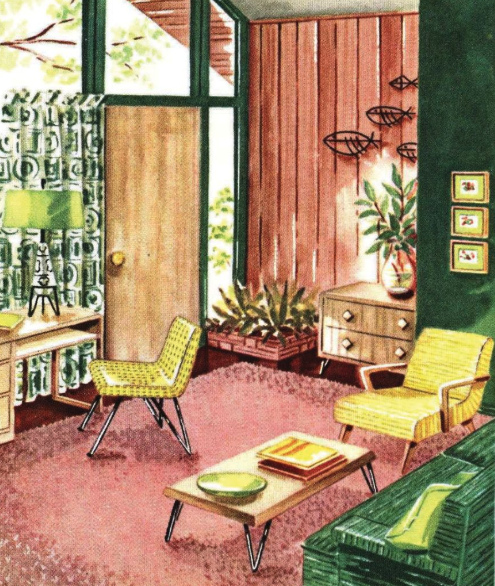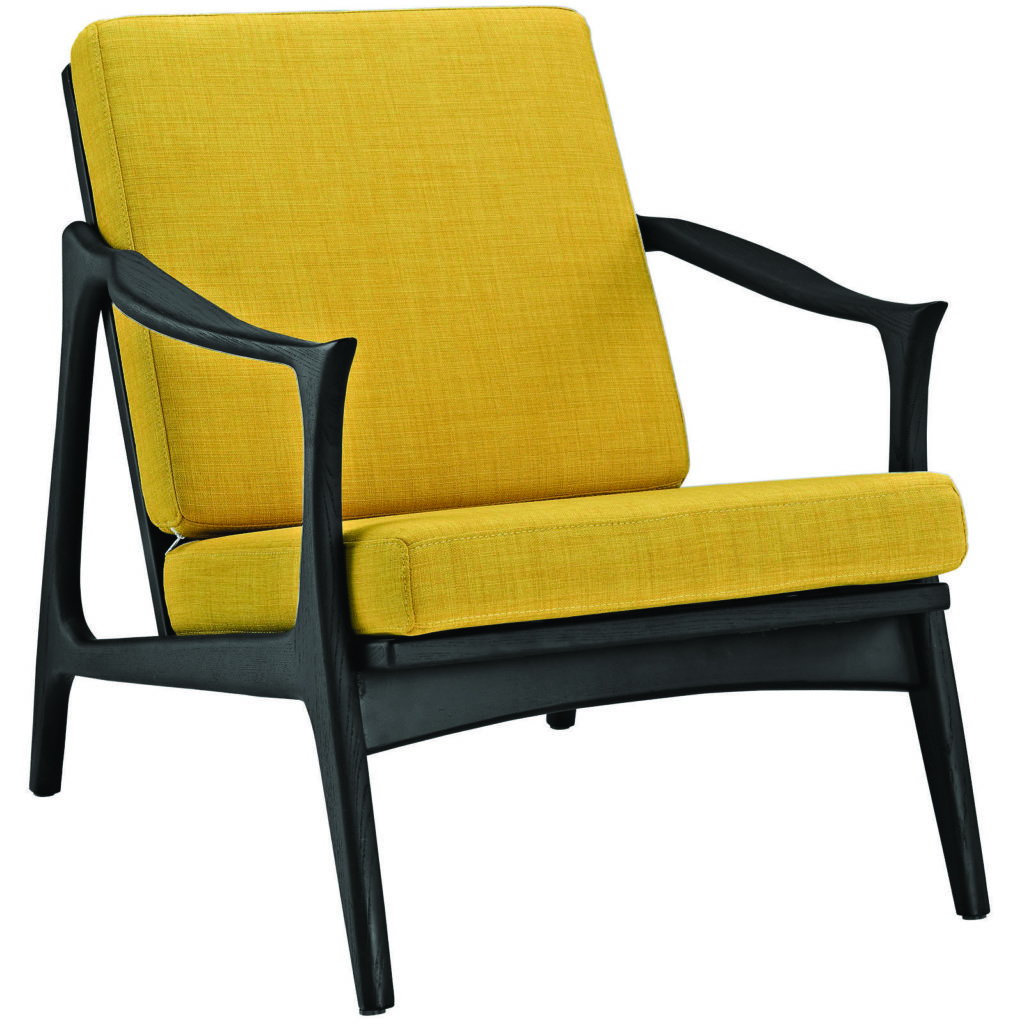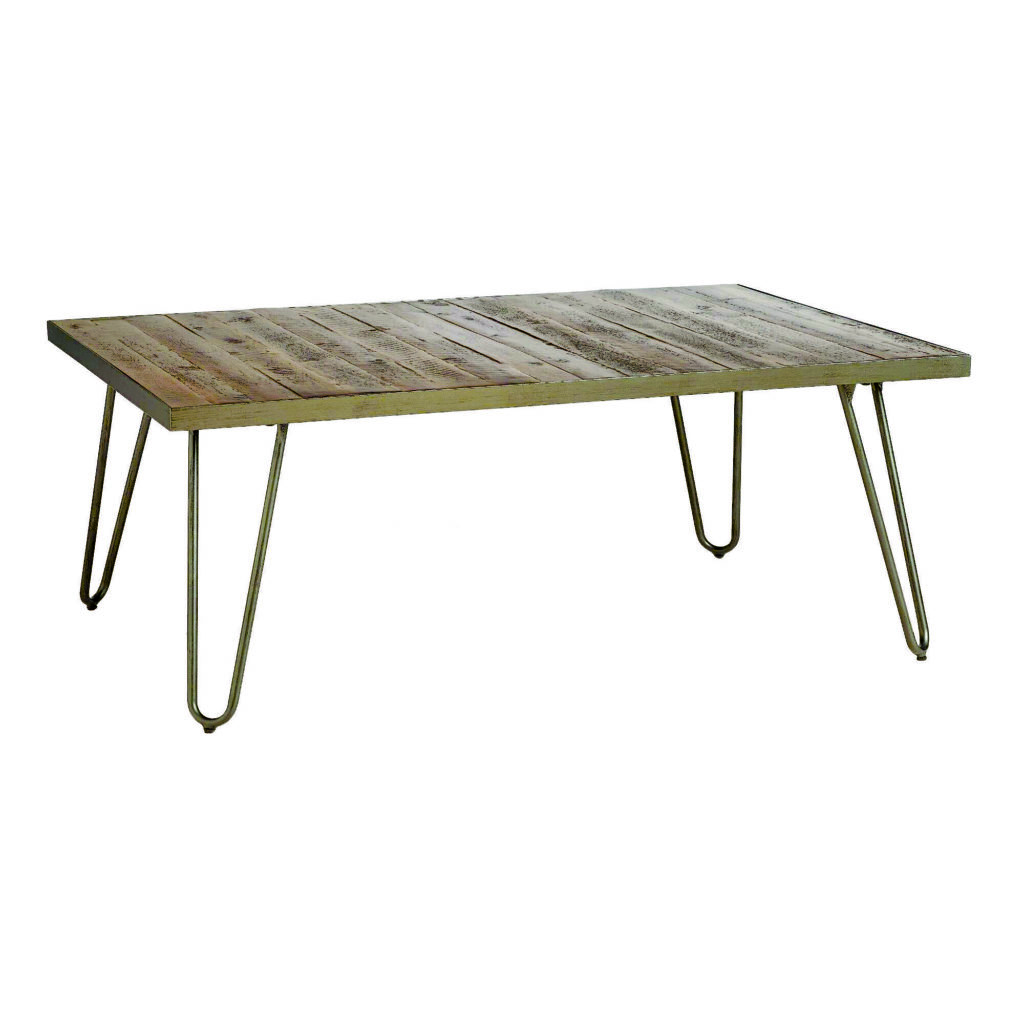Learn how to repair stucco in four steps.
At the beginning of the 20th century, the Portland cement industry aggressively advertised their modern, fast-setting stucco as durable, fireproof, vermin resistant, maintenance free, and beautiful: a material to replace traditional exterior claddings. Cement stucco was used to remodel older homes and became a popular choice for new construction.
Applied over wood lath, wire lath, or masonry, stucco is a versatile finish material for many building styles, offering the possibility of texture that varies from troweled smooth to coarse roughcast or pebbledash, which incorporates pebbles or shells. Stucco may be painted, but it was frequently tinted with pigments at application. Color and texture also came from the addition of mica, small stones, or sand.
In this example—a 1908 house of the Arts & Crafts period—the minimally textured stucco was on wood lath. Water had leaked around the ice door and followed the diagonal lath down to the sill, rotting lath, sheathing, and sill to cause buckling in the wall. The homeowners decided to remove the old ice access door and the concrete stoop below it.
Stucco Then & Now
Stucco has been in use for centuries. The Romans used lime stuccos on the interiors and exteriors of their buildings. In early America, lime and sand stucco was commonly used to decorate and weatherproof masonry buildings. Lime stucco is a very different material from stucco made with Portland cement. Lime stuccos and mortars are prized for their soft qualities (the material is sacrificial to the masonry) and their unique self-healing properties. Although Portland stucco contains lime, it is harder and it’s brittle. (Marty’s choice of Type N mortar is approximately 1 part Portland cement to 1¼ parts lime and 7 to 9 parts sand.) For each type, always repair with in-kind materials.
Step 1
Owners relied on mason Marty Naber of Naberhood Restoration. Directions are for a thick, 1¼” stucco to match existing. The stucco has been removed to reveal the damaged substrate. For how much stucco to remove, “sound out” the wall with hammer taps to distinguish between hollow (separated) and tight areas. Outline the perimeter, then cut using an angle grinder equipped with a cutting diamond blade, avoiding going deeper than the stucco thickness. Pry off loose material.
Step 2
Marty found a badly damaged substrate: lath was rotted and pulled loose, and a large area of the diagonal sheathing was rotted. Sill rot was superficial. Old insulation had settled. After adding plywood to damaged areas, Marty stapled water-resistant 30 lb. sheathing felt over the wall, then nailed galvanized metal lath over the felt. Your repairs may include shoring up structural members, replacement of sheathing, and insulating (as here, in the old ice delivery door).
Step 3
Apply scratch coat of mortar (no bonding agent) well pushed into lath and scored (scratched) to create a mechanical bond for the next coat. After three days, mist scratch coat and old stucco edges with water plus bonding agent. Mix subsequent brown coats 1 part bonding agent to 4 parts water, or per label directions, to ensure adhesion. Stucco thickness dictates number of coats; ¼” to 3⁄8″ of material is about the maximum thickness that should be applied at a time.
Step 4
Wait three days between brown coats. With a trowel, feather the patched area smoothly to old stucco without overlapping it. The original finish coat was only lightly textured. Marty Naber matched the old texture using a common, inexpensive drywall texture gun. He adjusted the viscosity of the material and the gun’s air pressure to get a perfect match. After curing for 30 days, the patch was finished with an alkali-resistant acrylic primer and finish paint to match the rest of the wall.
Materials
- Angle grinder with diamond blade
- Circular saw
- Tape measure
- Tin snips
- Hammer
- Trowels and hawk
- Mortar pan
- Buckets
- Yard mist sprayer
- Splatter texture gun
- Air compressor
- Plywood
- Galvanized metal lath
- Galvanized nails
- 30 lb. sheathing felt and staple gun
For Stucco
- Type N mortar (prepackaged) and mason’s sand, 3 sand to 1 mortar
- Bonding agent
- Packaged stucco mix (Conproco) for finish coat











